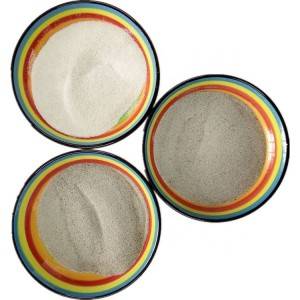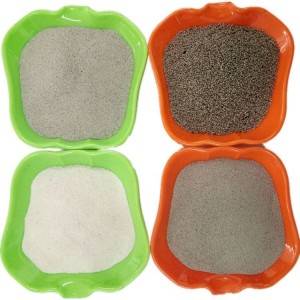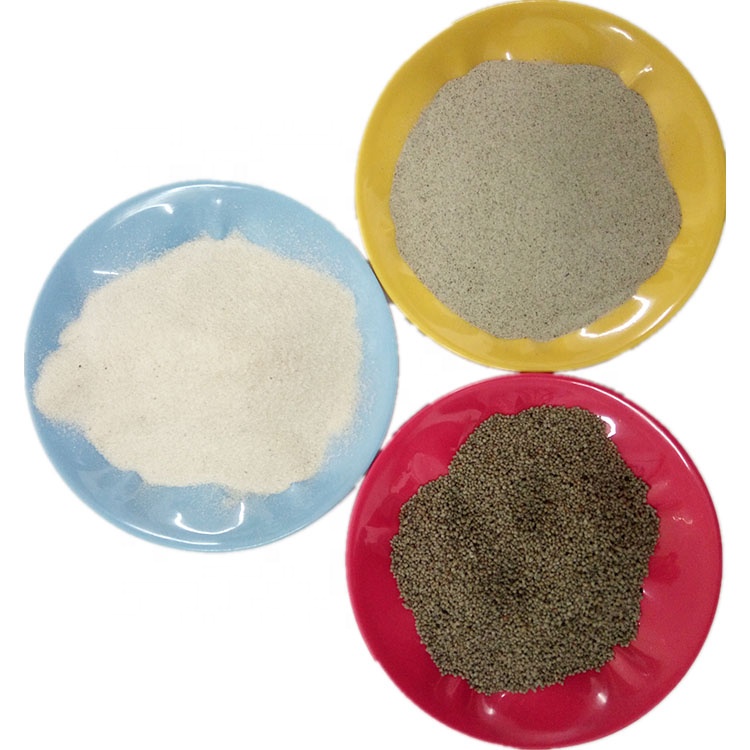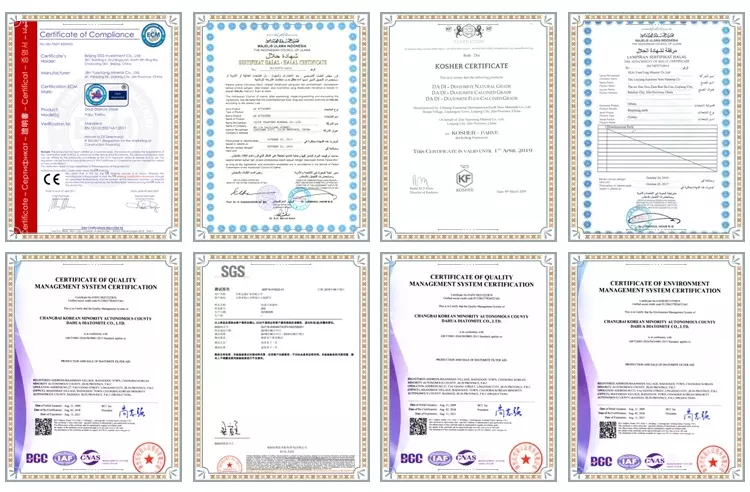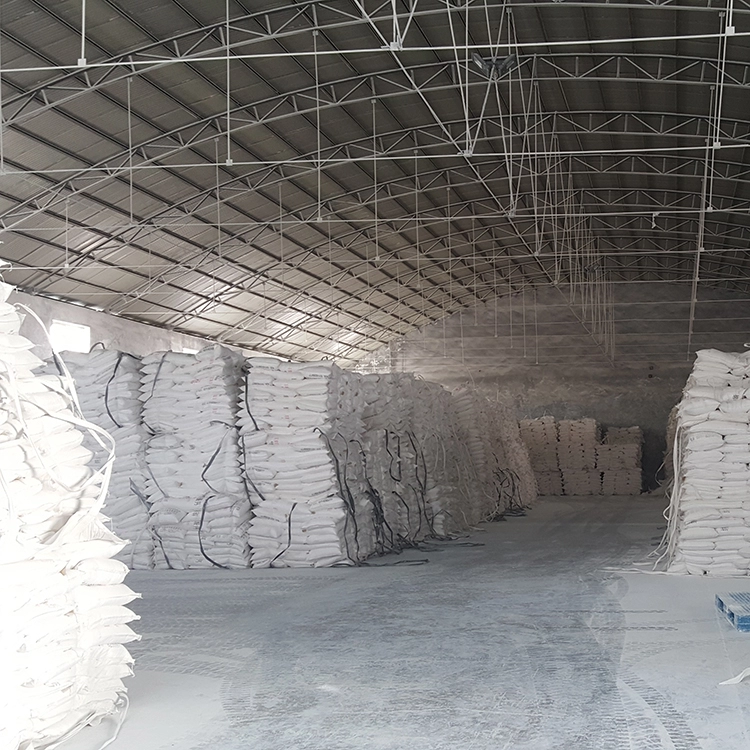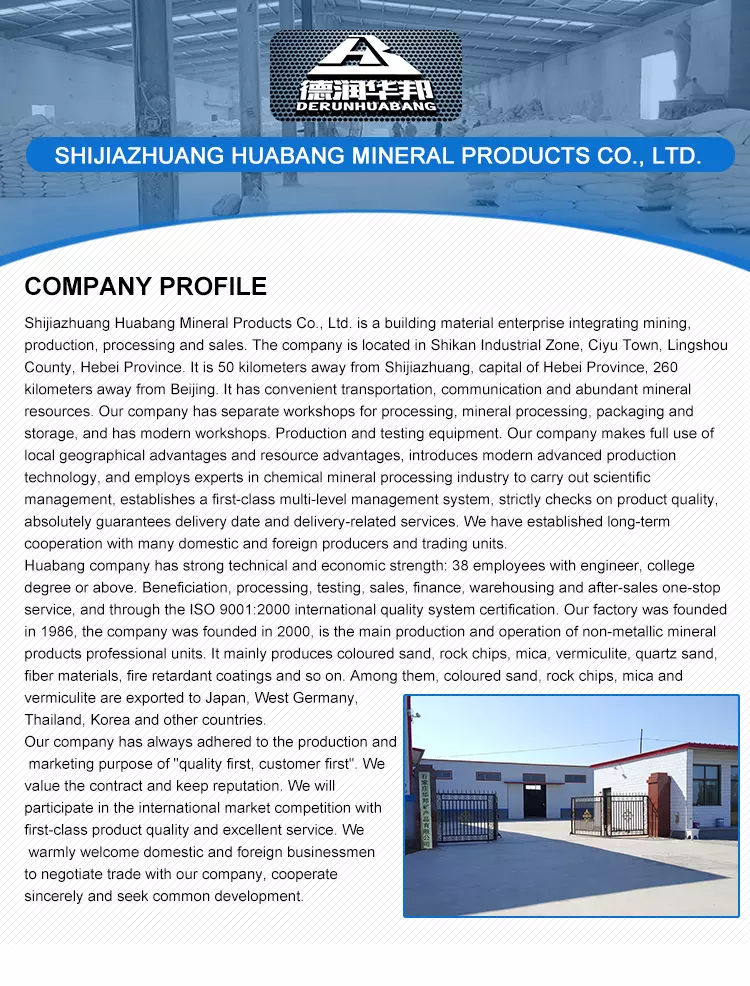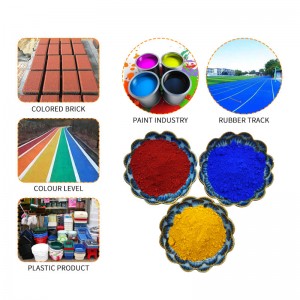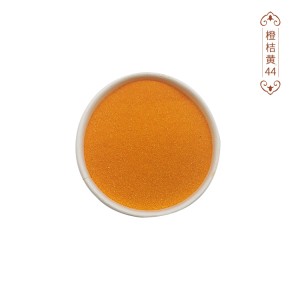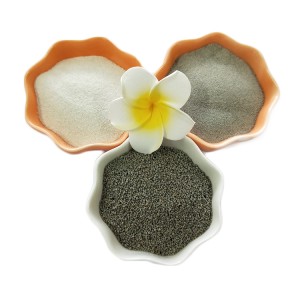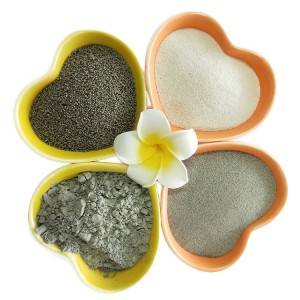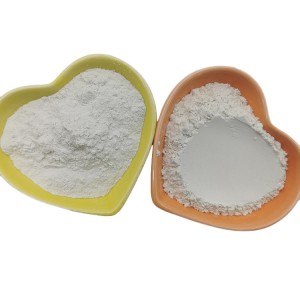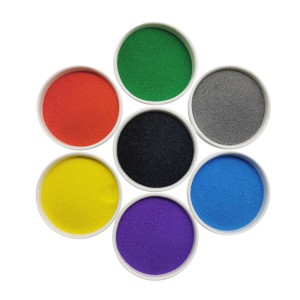Drilling grade cenosphere
Cenosphere is a lightweight, inert, hollow sphere made largely of silica and alumina and filled with air or inert gas, typically produced as a byproduct of coal combustion at thermal power plants. The color of cenospheres varies from gray to almost white and their density is about 0.35-0.45g/cc, which gives them a great buoyancy. Cf. glass microspheres.
DATA SHEET
|
PROPERTY |
SPECIFICATIONS |
|
Particle size |
40 -200mesh |
|
Bulk Density |
0.35-0.45g/cc |
|
Partical Density |
0.6-1.1g/cc |
|
Rate of floatage % |
≥95% |
|
Al2O3 |
27-33% |
|
SiO2 |
55-65% |
|
Color |
White |
|
Deposition (sinkers) |
5% maximum
|
|
Thermal Conductivity |
0.11 Wm-1·K -1 |
|
Physical Form |
Free-flowing, inert, hollow sphere |
|
Surface Moisture |
0.5%max |
|
Hardness |
Mohs Scale 5 |
FEATURES:
Cenospheres are hard and rigid, light, waterproof, innoxious, and insulative. This makes them highly useful in a variety of products, notably fillers. Cenospheres are now used as fillers in cement to produce low-density concrete. Recently, some manufacturers have begun filling metals and polymers with cenospheres to make lightweight composite materials with higher strength than other types of foam materials. Such composite materials are called syntactic foam. Aluminum-based syntactic foams are finding applications in the automotive sector.
Silver-coated cenospheres are used in conductive coatings, tiles and fabrics. Another use is in conductive paints for antistatic coatings and electromagnetic shielding.
USAGE:
1.Construction (wall panels, concret fiber board, wood fillers)
2.Coatings (highway, undergound pipes, driveways)
3.Automotive (sound proofing, brake pads, under-coatings)
4.Recreations (flotation, surf boards, golf equipments, etc.)
5.Ceramics (tiles, firebricks, high temperature cement,etc.)
6.Oil field (drilling muds, cementing)
7.Plastics (PVC, compounding, film)
8.Aerospace (ceramic insulation, etc)





